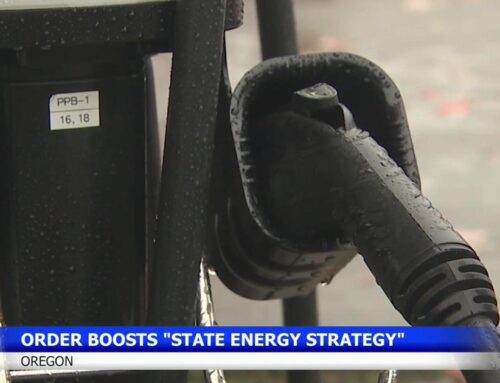Rethinking Water West conference explores sustainable solutions
April 4, 2025
How do you secure a future with clean, affordable water for fast-growing populations in places that are contending with unending drought, rising heat and a lot of outdated water supply infrastructure?
That’s what experts from across the U.S. asked one another at Rethinking Water West, a national conference hosted by the Water Institute at Arizona State University on March 20. Together, they dove into actionable solutions to water challenges in the American West — and around the world.
“Rethinking Water’s mission is to ensure water security: access to safe, reliable water for all, protection from floods and droughts, and clean water for people and ecosystems,” said Upmanu Lall, director of the Water Institute. “The task is to create and fund 21st-century systems that deliver this security efficiently, affordably and with cutting-edge tools for monitoring, prediction and management.”
The gathering brought speakers and panelists from technology and finance companies, government agencies, universities and nonprofit organizations focused on huge water challenges.
About 2.2 billion people, close to one-quarter of the population, lack access to safe water. But unsustainable water management is just one of the challenges — planners must also consider climate change, population growth and the mass movement of people into the world’s cities.
“This is our moment to rethink water, not as a problem to be managed but as an opportunity to innovate, invest and build a future where water security is a reality for all,” Peter Schlosser, director of the Julie Ann Wrigley Global Futures Laboratory at ASU, told attendees. “And for that we have to think big.”
Affordability is a significant challenge for small communities that don’t have the tax base to finance large-scale water system upgrades. The meeting highlighted the increasing role of private capital in financing water projects.
“We want to put capital to work,” JP Morgan’s Rama Variankaval told attendees.
Technology will be crucial to solving the affordability problem; spending less on operating expenses can free up more for needed capital improvements. Participants noted the importance of technologies that can lower costs by boosting efficiency — for example, advanced systems for remote monitoring can reduce the need to send crews out to read meters and check systems.
Artificial intelligence is also providing solutions. Ruijie Zeng, an assistant professor in ASU’s School of Sustainable Engineering and the Built Environment, joined panelists discussing how AI applications are guiding more efficient use of water resources. By analyzing massive datasets, for example, machine learning models can find undetected water main leaks, predict the location of likely system failures or optimize the use of yard sprinklers.
Zeng predicted that with the capabilities of AI, water utility companies “will become more of a service provider than a commodity provider.”
A session on “floating solar” delved into the benefits of photovoltaic arrays rafted on reservoirs and storage ponds. By shading water from the sun and limiting evaporation, such installations help conserve water. Placement over water provides a cooler operating environment so that the solar cells are able to produce more power than comparable land-based panels. With siting options such as fish farms, cooling water ponds and wastewater impoundments, floating solar can be built where land is unavailable.
The rise of decentralized water systems is another expected trend. With large-scale water infrastructure projects reaching the end of their service lifecycles, some planners and engineers are considering how to replace them with multiple, smaller projects that work together to supply water across a region. Advocates said decentralized infrastructure will be cheaper to maintain and more resilient to hold up in a changing climate.
“Twentieth-century systems may not be the ones we want in the future,” said Patrick Thomson, an University of Oxford researcher and affiliated faculty member at ASU’s Center for Global Health.
Search
RECENT PRESS RELEASES
Related Post




